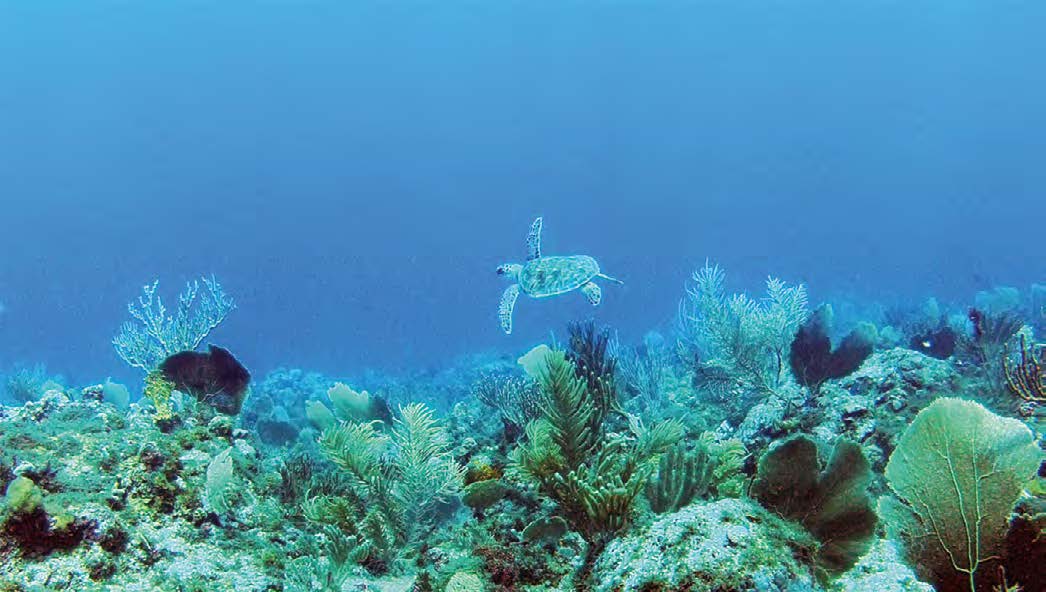On the evening of August 31, at about 11pm, on the beach at Long Bay, about 40 eco-volunteers following the activity of sea turtles were able to observe a green turtle in the process of trying to lay her eggs. For an hour and a half, the animal tried multiple times, but finally went back to the sea without laying any eggs. She came back a little later, but this new effort was also a failure as the next collapsed onto itself as the turtle tired to dig it. According to Julien Chalifour, these unsuccessful attempts are caused by a beach built up with too much sand, as created by Irma, as well as successive swells caused by the hurricane. This episode once again illustrates the importance of not disturbing such egg-laying activities, as well as preservation and management of the natural aspects of the egg-laying zones: vegetation, development, compacting of sand, lighting...
Nocturnal encounter with a turtle
Tortue verte - Green Turtle © Julien Chalifour
Good To Know
A sea turtle ready to lay her eggs has a window of just three days to do so successfully. After this time frame, and considering that she is capable of nesting several times in the same season, she must dispose of her eggs in the ocean to make room for the next eggs that are forming. Sea turtles only lay eggs every two or three years, but are capable of making nests three to eight times in the same season, with an average of 60 to 120 eggs each time. But only one in 1000 baby sea turtles ever reaches adulthood, 20 to 25 years after hatching. The others often fall to predators, or are victims of accidents, pollution, fishing boats, or poachers.

















